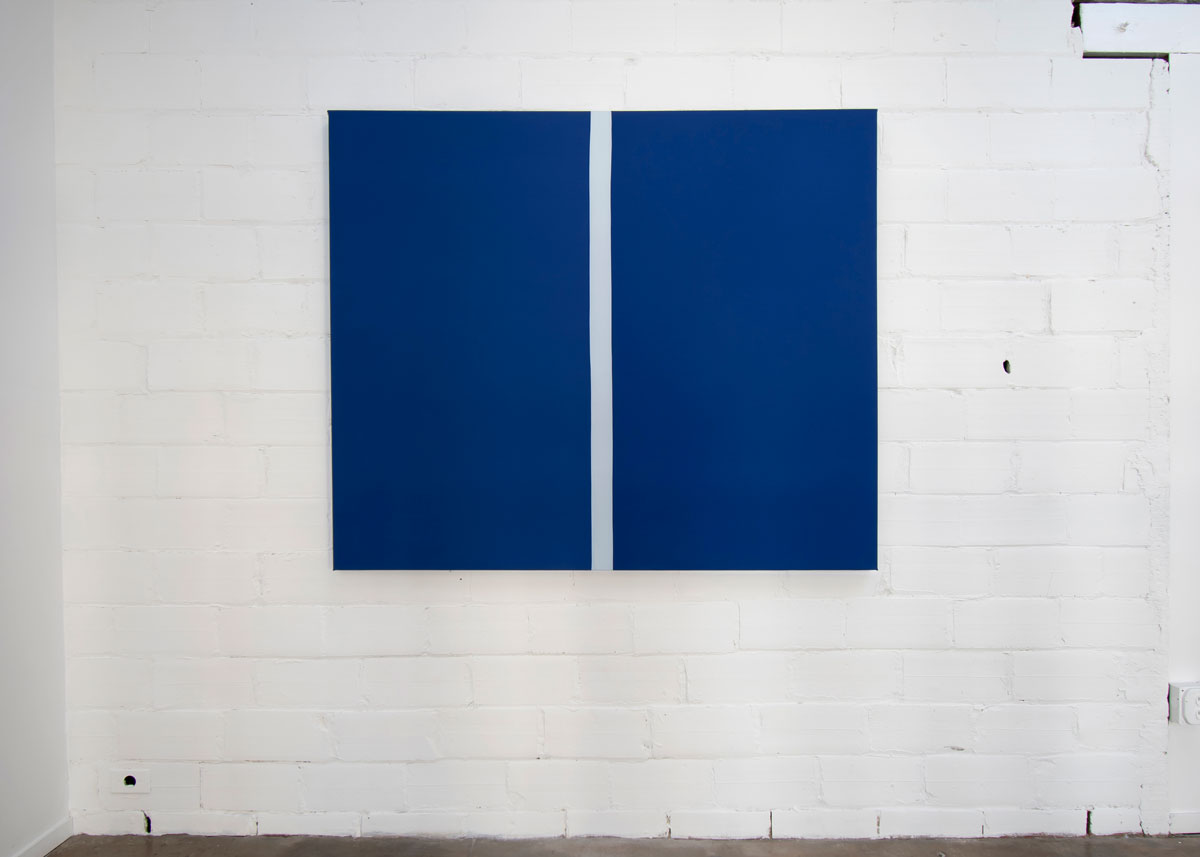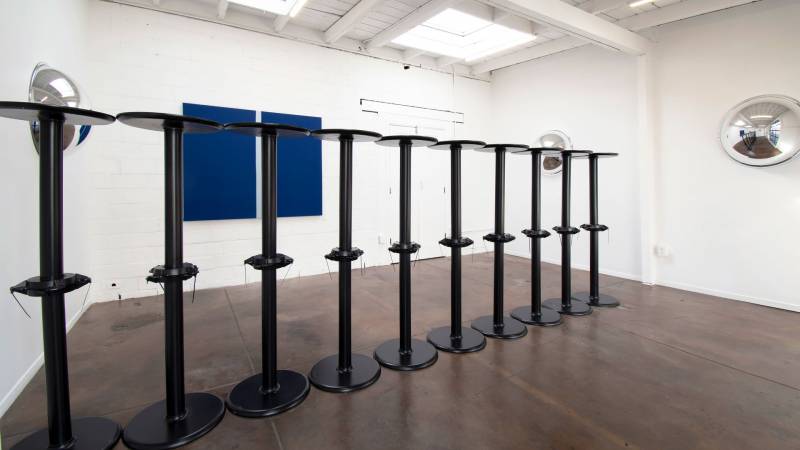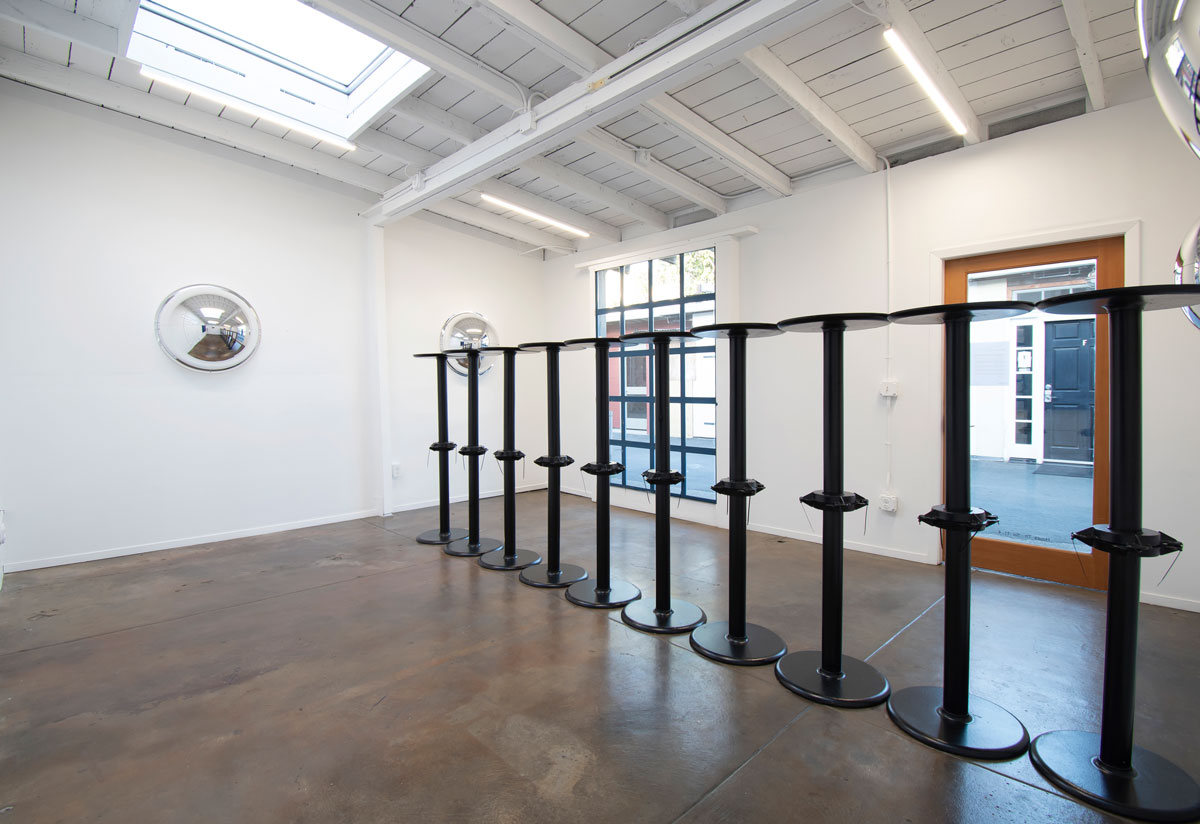We can’t visit art the way we used to. Unless an artwork is out in the world, unhindered by walls or doors, it’s cooped up just like the rest of us, waiting patiently to be seen.
So we turn to our screens: for online shows, digital galleries, even exhibitions mounted in Animal Crossing. In most instances, these digital offerings are not so different from the documentation that might have gone online to showcase an exhibition to out-of-towners. (Perhaps, as an audience used to gazing at New York and Los Angeles shows from afar, the Bay Area is better suited to this practice.)
For the most part, I’ve resisted “visiting” these newly digital offerings, taking a petulant stance (“It’s not supposed to be this way”). But when Interface Gallery director Suzanne L’Heureux offered to guide me through a vicarious experience of her current show, I reminded myself this is actually my job, and that I can afford to be flexible about my in-person principles while staying safely at home.

Unlike the vast majority of Bay Area galleries, L’Heureux chose to open a new show during shelter in place—a physical one. She and the artist, London-based Débora Delmar, decided the work made sense in the current context and that installing the show—ready-made sculptures and a wall piece fabricated by an Oakland artist—wouldn’t pose a health risk to anyone involved.
Now, [ ], which opened on April 18, can be seen in the form of installation images, or courtesy of L’Heureux’s live walk-throughs, happening regularly on Instagram. The show will be at a remove for everyone else for its duration, but this makes some sense for Delmar’s work, which calls attention to how both goods and people move through the world.




